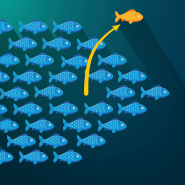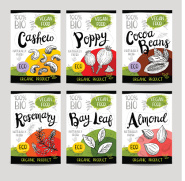In the 70s, Italian aid worker Ernesto Serelli learned to listen to clients the hard way. His amusing tale of how he “helped” a village in Africa grow tomatoes, only to see the harvest consumed in a single night by the local hippos, is a powerful and popular TED talk. While you won’t want to miss this dynamic speaker, some key takeaways are outlined below:
Hippos and Tomatoes
Italian aid worker Ernesto Serelli tells the tale of one of his first experiences working in famine-plagued Africa in the 1970s. Bustling with good intentions and plenty of energy, he and his team arrived in the village they were to help and promptly began planting familiar varieties of vegetables in the fertile soil.
The local residents watched the process and despite efforts to engage and teach, did not take the aid workers agriculture lessons seriously or commit to growing. As the plants blossomed and bore amazing fruit, the workers celebrated the harvest and looked forward to showing the native people how much agriculture could do for them.
The night before the harvest, a herd of hippos swept ashore and ate every plant that had been so lovingly cultivated. The locals then revealed to the aid team that hippos had always eaten the crops planted in the verdant, riverside soil. When asked why they had not given the aid team this information weeks before, the answer was “No one asked us.”
By rushing ahead and putting a plan in motion that they thought would solve the villager’s problem instead of asking questions and discovering what had been tried in the past, the well-meaning aid workers totally missed the point. They also wasted weeks of time and plenty of resources that could have been dedicated elsewhere.
The Power of Listening
You may not be helping a hungry village in Africa, but the lesson of asking your prospect or clients the right questions to truly meet their needs applies to every interaction you have. Learning to listen is an important component for anyone in business. Fail to ask the right questions, and you could face a disaster.
Take the time to remember the hippos and tomatoes next time you speak with a new client about their needs, and make sure you take the time to ask the right questions before you charge ahead.
This TED Talk is an enduring favorite and an excellent reminder of why we need to stop and listen to what our clients are saying and why we need to take the time to understand what they’ve tried and what they need.









